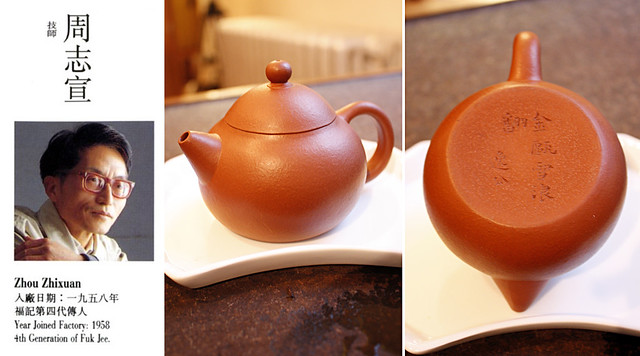Have you heard that they have contained lead on purpose during Qing~ROC era? (in Yixing)Teaism wrote:Hi Victoria3,It is very subjective whether or not we should continue using the smelly teapot. But for me, I will definitely never use it since it affects the smell of tea. In addition, I worry if it is not safe. Though I have no data to say it is harmful. I just want to stay away from the possible risk.
Yixing pot should not have smell and if there is, it is best to use it for decoration only. There are sayings that in those smelly pots, the clay is spiked with lead and/or iron to reduce the firing temp to around 600 instead of over 1000, for economical purpose. Also real Yixing clay is rare now and very unlikely to be found in the present commercially mass market pot. So be careful. If you have doubt, Gaiwan is a safer bet or those pots of the 70s/80s is generally a better bet.
Cheers and have a good day my friend.
I do know they inserted iron oxide during late-Qing, because many late-Qing Zhuni lacked 'redness', these Zhunis are found in SE asia with a name of 'Fuji (the studio)' and the result is they lack a gloss while the colors are enhanced.
I have a suspicious late-Qing pot, with its color is unlikely pretty but shined (seasoned) but it smells (no kind of smells I've experienced before), and low-fired.
You are right that iron-contained commercial pots (many are seen) smell but not Factory-1 (8~90s), meaning inserting iron also needs experience and skills

